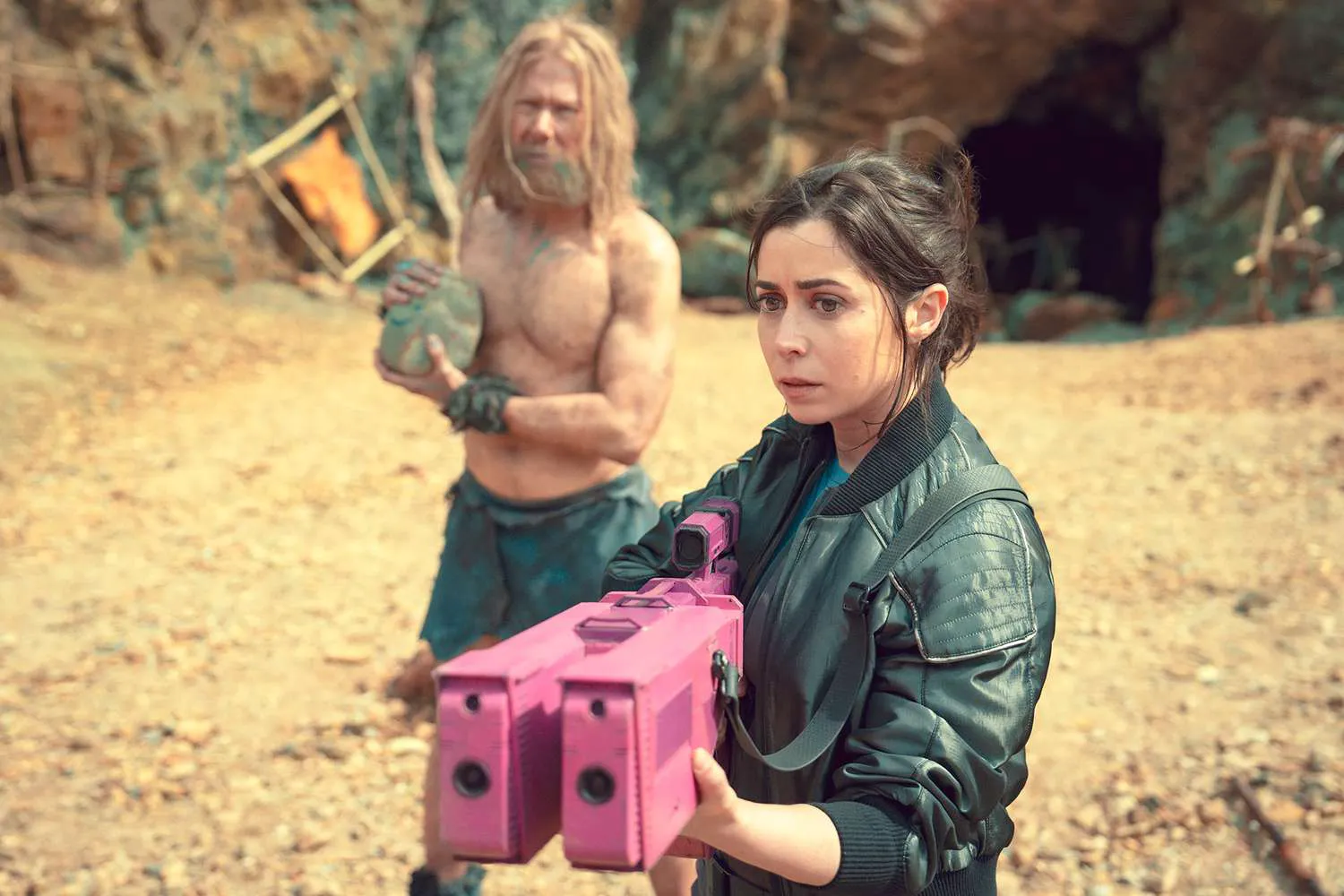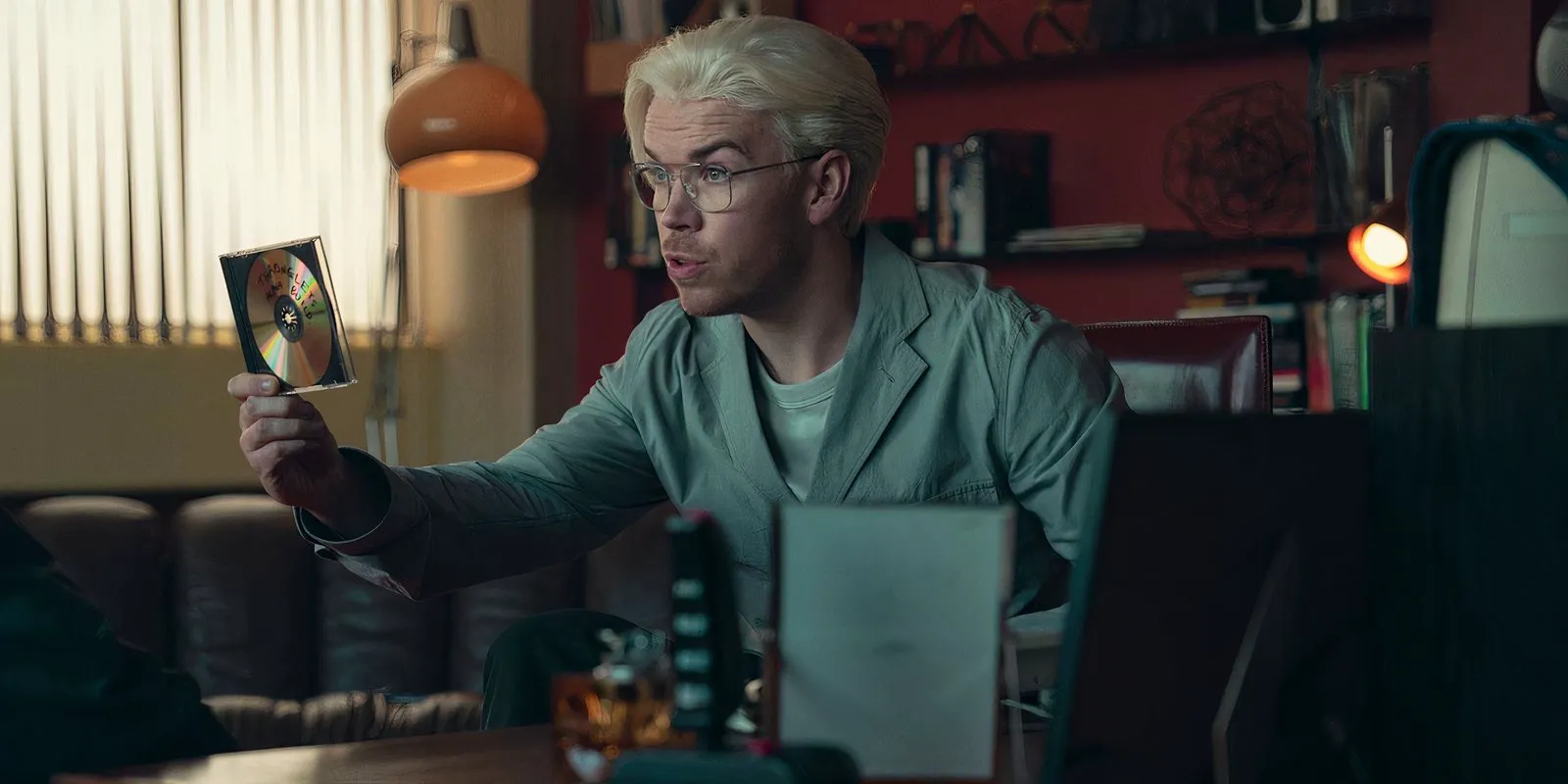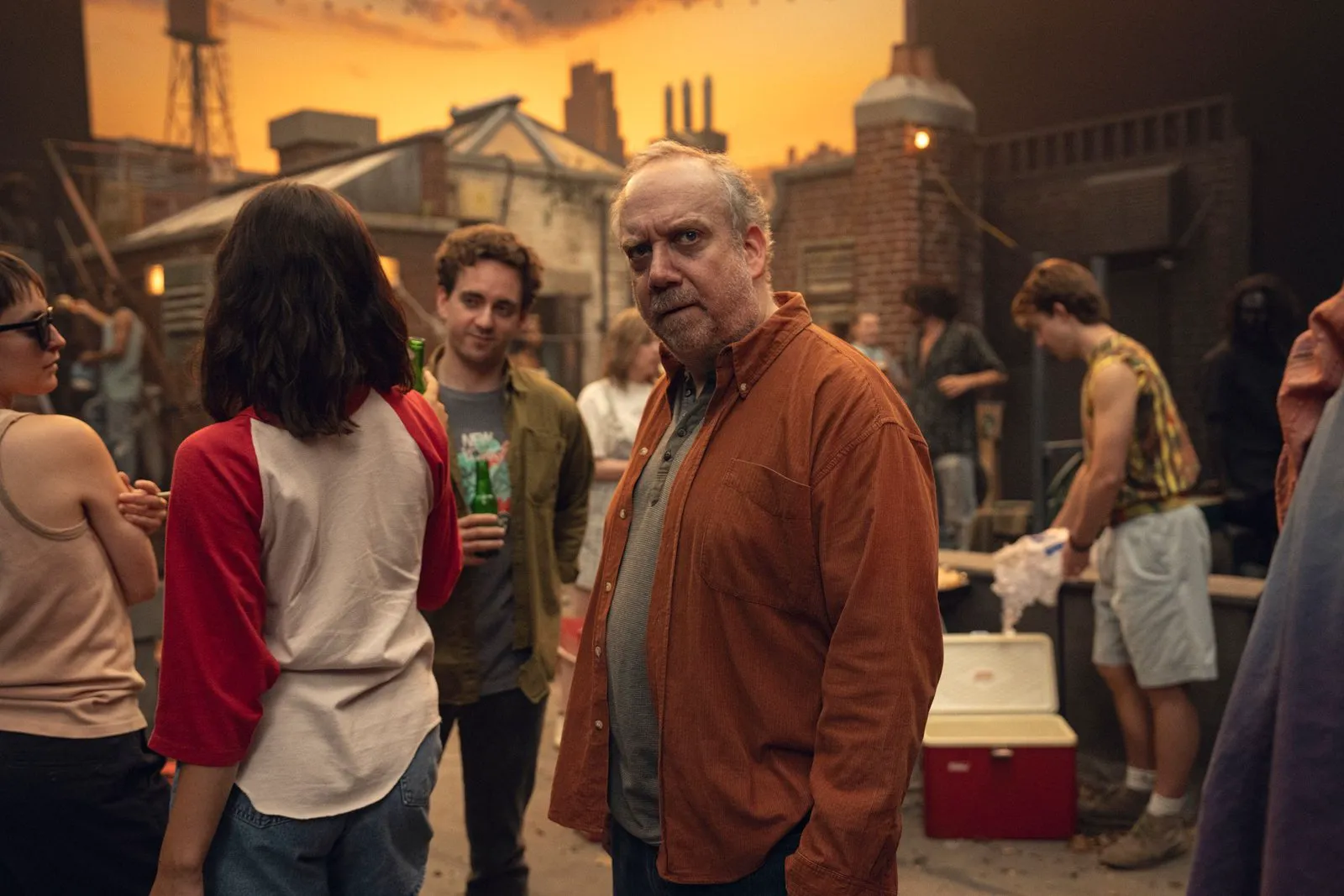There are three things in the world one can watch endlessly: a burning fire, flowing water, and Charlie Brooker’s disdain for technology. The sci-fi anthology “Black Mirror,” which has now turned 14, has come a long way from a local British series to a true cultural phenomenon. However, in recent years, Brooker has noticeably begun to falter, and “Black Mirror” has started to decline. The last two seasons of the show are a clear reflection of the creative impasse in which the showrunner is stuck. Various kinds of balancing acts with the show’s concept: flirting with genres (horror, detective, and even comedy), swapping “iPhones” for VHS tapes, and attracting A-list celebrities (Salma Hayek, Andrew Scott, Miley Cyrus) haven’t particularly helped “Black Mirror” escape the abyss of melancholy. Contrary to expectations, the seventh season didn’t repeat the mistakes of the past two; on the contrary, Brooker finally stopped fighting self-repetition and even allowed himself a little nostalgia.

Cristin Milioti as Nanette in a still from “Black Mirror”
Back to Basics: A Nostalgic Dive into Familiar Terrors
“Black Mirror” once again focuses on people who have entered into dangerous contact with high technology. The plot of the episode “Ordinary People” revolves around a married couple (Rashida Jones and Chris O’Dowd) who can’t afford to pay for a life-support service subscription. The main character of “Loch Henry” is a former victim of school bullying (Rosie McEwen) who has devised a perverse revenge plan. “Beyond the Sea” tells the story of the tragic fate of a black-and-white film star (Emma Corrin), and “The Toy” explores the terrifying obsession of a game journalist (Peter Capaldi). “Mazey Day” sends viewers on a journey through the waves of memory of a lonely elderly man (Paul Giamatti), and “USS Callister: To Infinity” returns to the spaceship from the fourth season.

Will Poulter as Colin in a still from “Black Mirror”
Easter Eggs and Echoes: The Interconnected Universe
In a recent interview, Charlie Brooker mentioned that each new episode of “Black Mirror” would contain a scattering of obvious and hidden “easter eggs” referencing previous seasons. And while in “Ordinary People” or “Loch Henry,” the references are nominal and optional, like the name of the hotel (Juniper Lodge — a reference to the episode “San Junipero”) or the brand of a popular diner (Barnie’s wings from the episode “Shut Up and Dance”), in “The Toy” and “USS Callister: To Infinity,” they are an important part of the main plot. “The Toy” is presented as a spin-off of the interactive Christmas series “Bandersnatch,” which offered viewers different scenarios for the development of the plot. “USS Callister: To Infinity” is a direct continuation of “USS Callister” from the fourth season, a series-homage to space epics like “Star Trek.” According to the unspoken tradition of all Hollywood sequels, the episode “To Infinity,” whose runtime reached one and a half hours, significantly expands the plot and moral boundaries of the original, offering viewers a much larger and more grandiose spectacle.

Paul Giamatti as Philip in a still from “Black Mirror”
Rhythms and Reflections: Old Themes in New Mirrors
Brooker doesn’t just return to the origins; he actually launches a time machine through the universe of the series, rhyming the plots of “old” and “new” episodes. Thus, the heartbreaking “Mazey Day” clearly echoes “The Entire History of You.” In both series, memory is not only a property of the human brain but also a device that allows you to retrospectively “review” your life. And if in the first season, technology became the cause of discord between lovers, in the second, it helped to heal old wounds. “Ordinary People” symptomatically resembles “Be Right Back” — both series explore the themes of experiencing grief and the inability to come to terms with the loss of a loved one. In the second season, the technology of digital resurrection of a loved one had a therapeutic effect; in the seventh, it led the characters to bankruptcy and depression. “Beyond the Sea” is the spiritual heir to “San Junipero,” and both novels unfold within virtual reality, using the device of cloning the consciousness of a deceased person as a plot trigger.
The Anthology’s Evolution: From Standalone Stories to Interconnected Narratives
To open self-repetition, covered with dusty plots, Brooker, to his credit, never quite reaches, preferring to act more cunningly — at the level of intertext. Watching “Black Mirror” in isolation from the showrunner’s personality or past episodes is no longer possible, which means that the status of “anthology” has at least by the seventh season ceased to be legitimate. Like most modern conveyor blockbusters, whether it’s “The Avengers” or “Star Wars,” “Black Mirror” requires the viewer to have a certain cultural background, without which all the charm of the series will be lost. However, those who approached “Black Mirror” only in the seventh season should pay attention to its best episode, “Mazey Day” — Paul Giamatti’s touching performance is unlikely to leave anyone indifferent.
Is this meta-season a long-awaited glimmer in Brooker’s clouded consciousness? It’s hard to say. Ultimately, after an unsuccessful search for a new format, “Black Mirror” has returned to square one — and that already sounds promising.